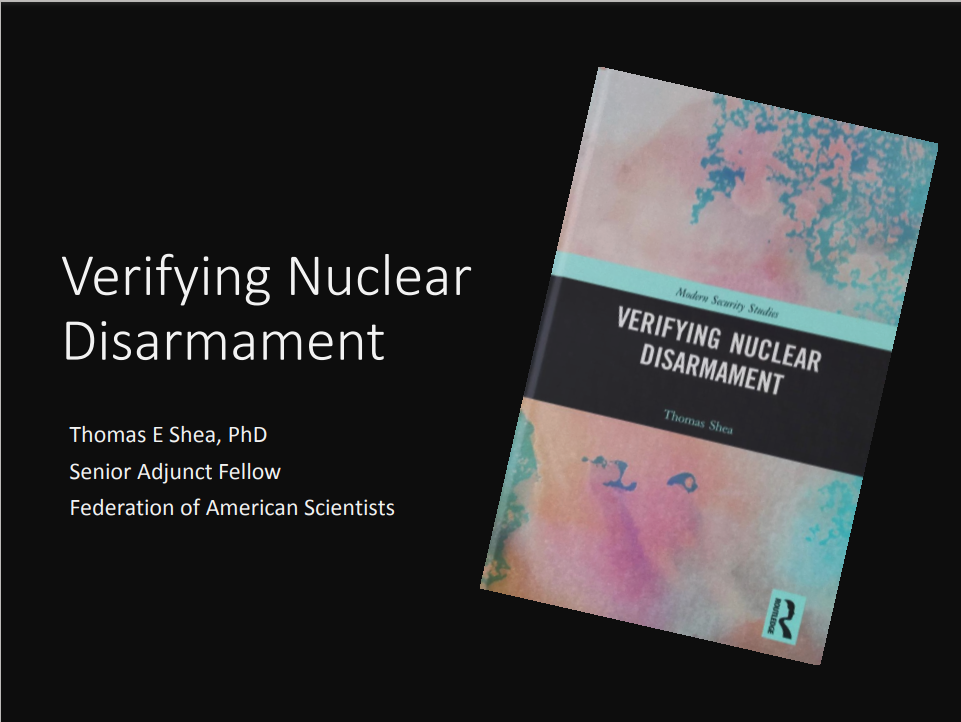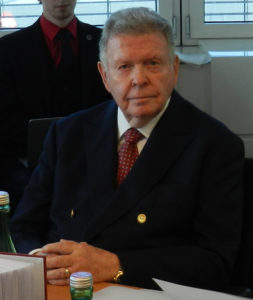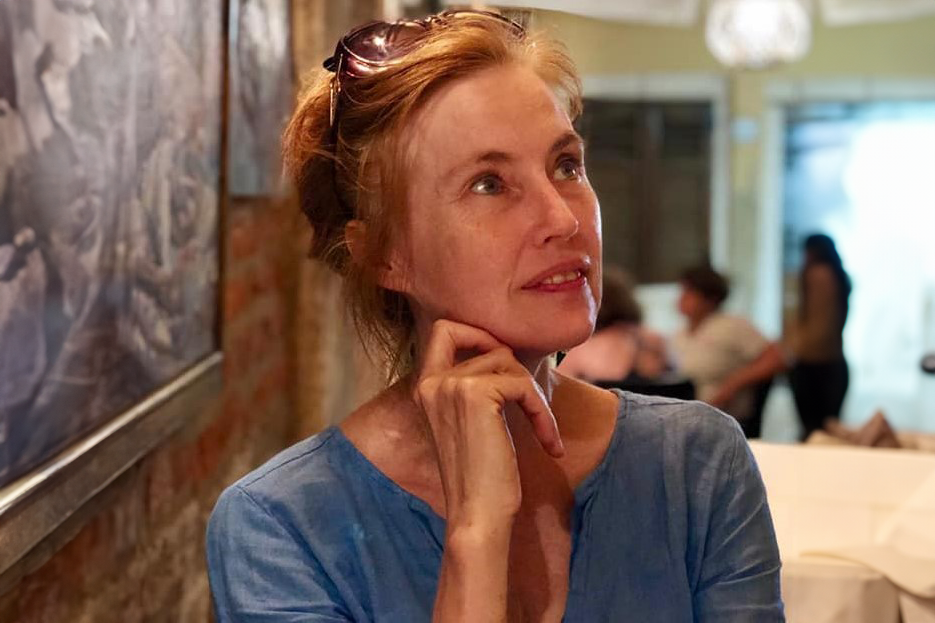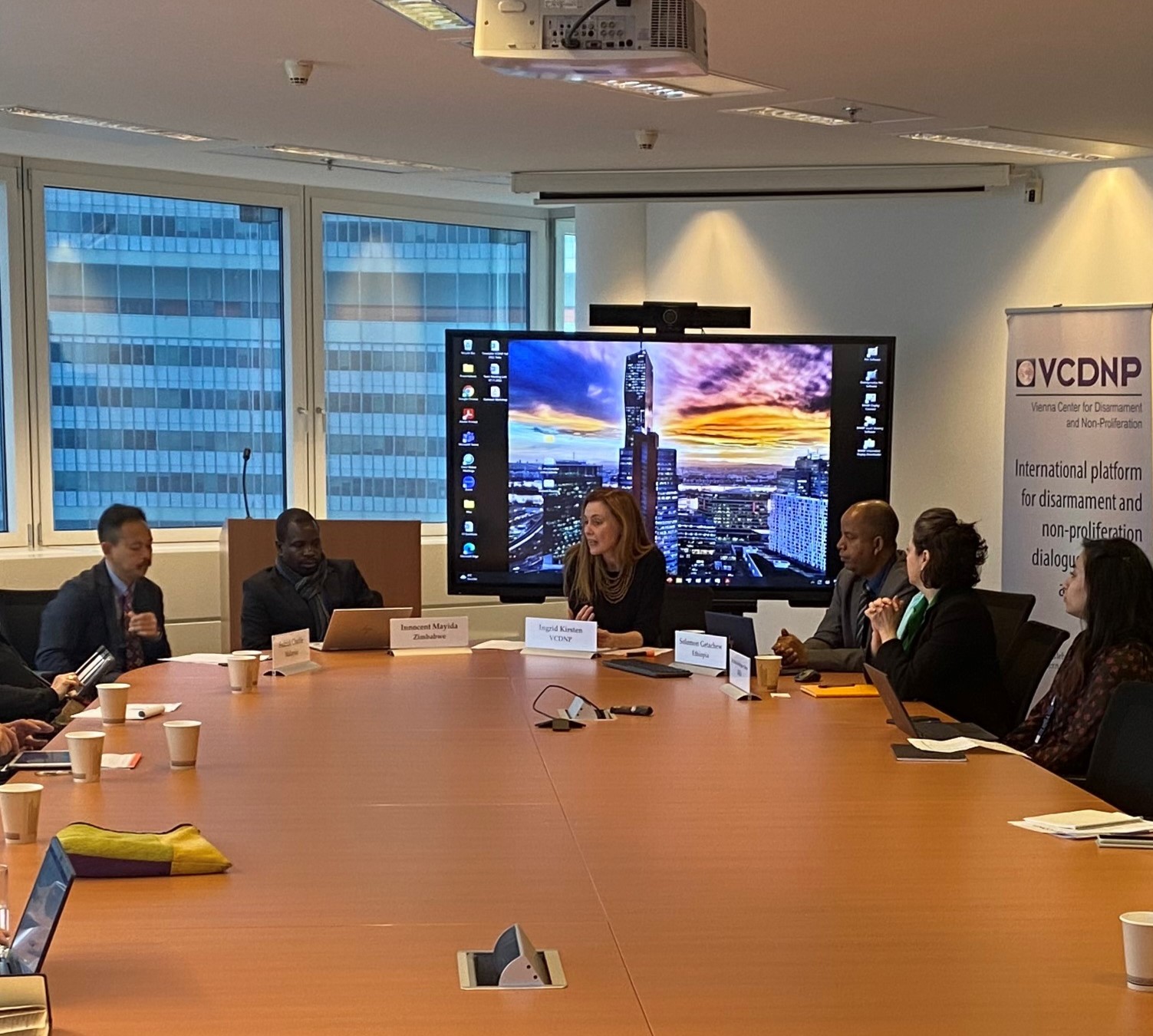
On 10 October 2018, the Vienna Center for Disarmament and Non-Proliferation (VCDNP) hosted a seminar by Dr. Thomas Shea, Senior Adjunct Fellow of the Federation of American Scientists and former safeguards inspector with the International Atomic Energy Agency (IAEA). Dr. Shea discussed the topic of his new book, Verifying Nuclear Disarmament, which details a framework through which the Treaty on the Prohibition of Nuclear Weapons (TPNW) could enter into force and operate. Drawing from his experience in the areas of safeguards and disarmament, such as the Trilateral Initiative, Dr. Shea offered his view on a number of critical issues, including institutional, technical and financial mechanisms for phased reductions in existing arsenals, for eliminating each nuclear weapon complex and for preventing rearmament, focusing on controls on fissile material.

Dr. Shea began with a discussion of the TPNW and the elements that will be required for it to succeed, including a framework and the participation of nuclear-armed States. The book is meant to support States in signing and ratifying the TPNW, as well as to give States a place to start with negotiation on its implementation. The three sections of the book include one on eliminating nuclear weapons, another on sustaining disarmament and a third on what the new international disarmament regime would look like. A critical part of this disarmament regime would be the founding of an implementing body, which Dr. Shea calls the International Nuclear Disarmament Agency (INDA).
The disarmament regime would not be separate from the existing non-proliferation regime, but rather a natural evolution of it.
“We take the nonproliferation regime for granted sometimes,” said Dr. Shea, “but it is extraordinary. Let’s use it.”
One of the main functions of INDA would be to attract nuclear-armed States to the disarmament process in a new way. Dr. Shea suggested that looking at nuclear-armed States in terms of their adversarial relationships might help in this regard, as these States have engaged in arms control initiatives in the past. Moreover, one must bear in mind the reasons for those States’ seeking a military nuclear capability in order to attract them to giving it up. Another function of INDA would be to establish the technical basis for disarmament verification. On this point, Dr. Shea advised that discussions on verification should begin as soon as possible and that to start with, none of the technology should be electronic. Rather, mechanical technology would help to alleviate concerns about the authenticity of equipment and information technology security.
Dr. Shea went on to explain that the TPNW would require verification not just of the disarmament process, but also verification that rearmament was not occurring. While verification of the disarmament component would be conducted by the INDA, Dr. Shea suggested that the rearmament component be verified by the IAEA. This is similar to the work that the IAEA already does in international safeguards, including confirming the correctness and completeness of a State’s declarations. Unlike the IAEA’s current work however, this would also include verification of the disposal of fissile material and of the conversion of nuclear weapon facilities to peaceful use.
Dr. Shea identified examples from the past that offer lessons learned about fissile material disposition, including areas where cooperation should begin as soon as possible. High enriched uranium could be downblended into low enriched uranium for use in power reactors, as the United States and the Russian Federation did under the 1993 HEU Purchase Agreement. He also referenced disposition of plutonium through the “can-in-canister” method of immobilizing fissile material with highly radioactive waste, as was contemplated for the Plutonium Management and Disposition Agreement. Whatever the case, emphasized Dr. Shea, scientists from both nuclear-armed States and non nuclear-armed States should begin cooperation now on ways to verify disarmament while safeguarding weapon-sensitive information. He said that not enough international efforts were underway in this field and that this would be the key to finding technology that can work in a multilateral format.
As he brought his presentation to a close, Dr. Shea again noted that his book contained only a starting point for general and complete disarmament and that the States becoming parties to the TPNW would have to make their own decisions on implementation. Dr. Shea advocated for entry into force of the TPNW, the establishment of a verification framework and the beginning of research on and development of verification methods and procedures. Concluding his presentation, Dr. Shea observed that, “disarmament won’t come quickly, quietly or cheaply,” but that the measures he proposes could help.
View Dr. Shea's presentation here.

